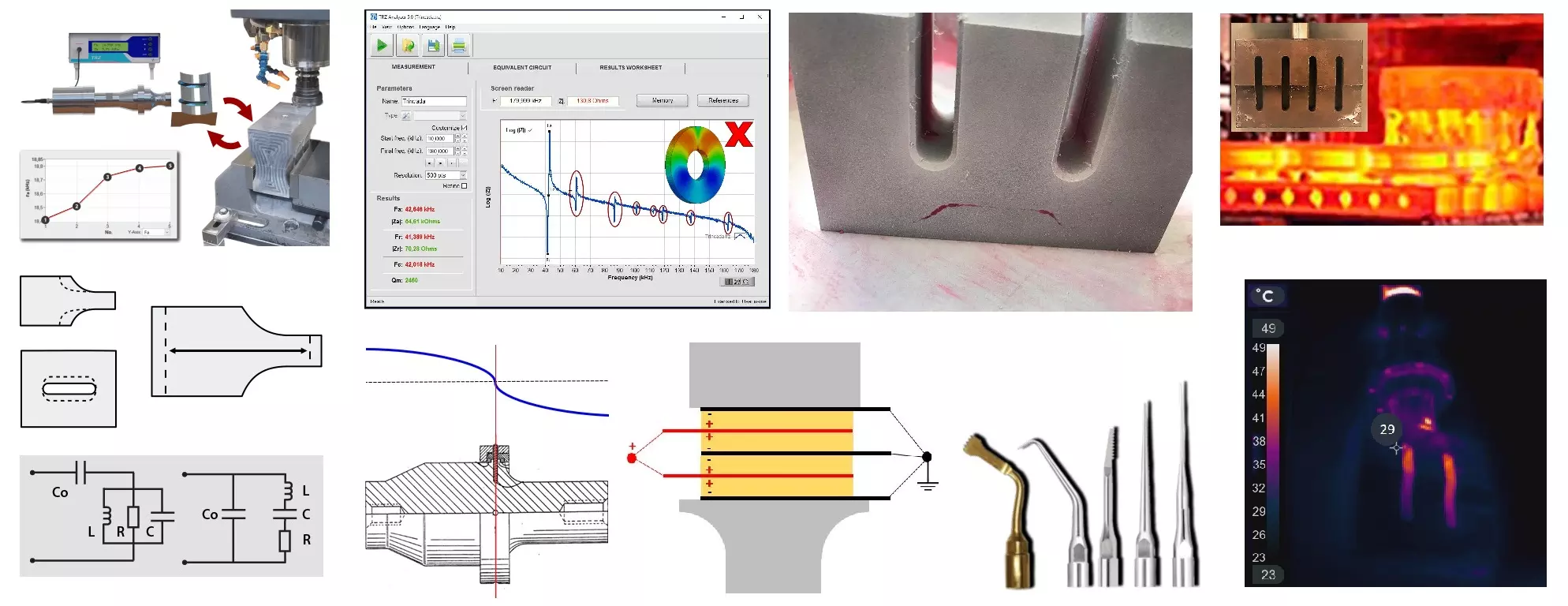FAQs TRZ® - Frequently asked questions related to TRZ® Analyzer
We welcome our customers' questions and are always happy to answer them. After-sales support is one of our main strengths. Below, find the most frequently asked questions related to TRZ® Analyzer grouped by topic. If you do not find what you are looking for, feel free to contact us with further questions.
This section aims to assist our customers and users of power ultrasonics in general, both in the industrial and medical fields. However, the information and values presented are for reference only, use at your own discretion and risk.

